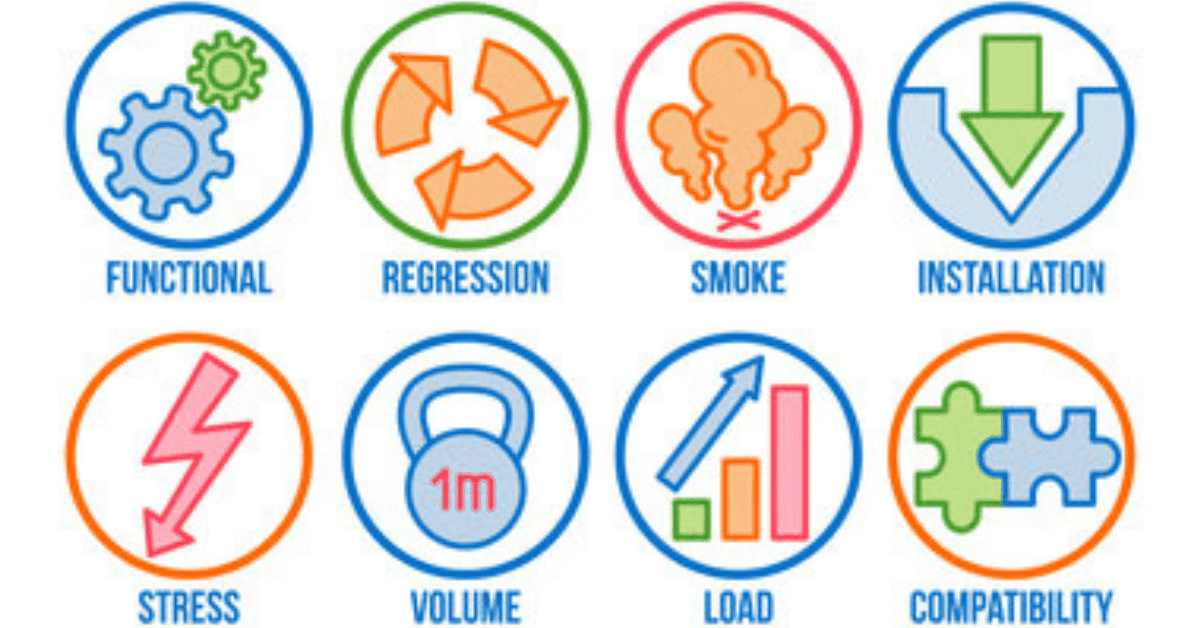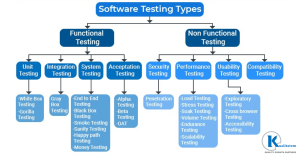Different Types of Application Testing

- February 20, 2023
- admin
With each passing day, software applications have become more complex. To ensure that these applications perform well, software developers have to test them extensively before releasing them to the public. This testing process helps to identify any bugs or errors that could potentially affect the performance of the application.
There are various types of testing, each with its own set of advantages. In this blog, we’ll look at some of the various types of Application Testing.
What is Application Testing?
The purpose of application testing is to ensure that testers verify that the software application is reliable, efficient, and meets the needs of its intended users by executing various test cases, including functional testing, integration testing, regression testing, performance testing, security testing, and user acceptance testing, to identify any defects or issues that may exist in the application.
Many professionals are involved in application testing, including managers, developers, testers, and end users. Testing life cycle also known as STLC are as follows:
- Test Planning
- Designing
- Execution of tests
- Bug Reporting
- Closure
Testing teams need to repeat the testing process multiple times throughout the software development lifecycle to ensure that the application meets the required quality standards since the testing lifecycle is iterative and continuous.
Different Kinds of Software Application Testing
Software testing basically consists of two main categories and they are further divided into subcategories. These are:
- Functional Testing
- Non Functional Testing
Let’s go through these and their types one by one in detail.

Functional Testing
System
System testing examines the entire, integrated software system to determine if it satisfies the requirements and performs as expected in practical circumstances. Testers conduct this type of software testing in an environment similar to the production environment, and they test all modules and subsystems together to ensure that they work properly in unison. Software developers and testers use system testing to identify and resolve any defects or issues in the software before deploying it.
Sanity Testing
Software testers execute a subset of test cases to quickly verify the stability of a software build for further testing, which is called sanity testing. They check that the critical functionalities of the application work correctly after making minor changes or fixes. A common question is what is sanity testing? The primary goal of sanity testing is to determine quickly if the software application is worth further testing. By conducting sanity testing, testers can identify major issues early in the software development process, saving time and effort in the long run. Explore our sanity checklist.
Smoke
Smoke testing is used by testers to make sure that crucial features of a software application function as expected before conducting extensive testing. During this testing, they execute a subset of test cases to ensure that the basic functionalities of the application are working correctly. The purpose of smoke testing is to ensure that the software build is stable enough for further testing and to detect any critical issues that might prevent further testing.
Integration Testing
Software testers combine individual software modules and test them as a group during integration testing to ensure they function together correctly. Testers perform integration testing after completing unit testing but before system testing. Testers execute test cases that cover the interactions between different modules and identify any errors that might occur due to integration issues. The main objective of integration testing is to verify that the individual components of the software application function correctly as a whole.
Non-Functional Testing
Load
Load testing is a type of software testing that measures the system’s performance under normal and anticipated peak load conditions. In the first place, it controls how the system responds to several concurrent users. Additionally, load testing helps to identify the system’s capacity limit and how it responds under heavy loads. Furthermore, it involves simulating real-life scenarios to see how the system performs in a stress situation.
Volume
Software testing known as volume testing examines a system’s capacity to manage a significant amount of data. Firstly, it tests the system’s capacity to manage an enormous amount of data or transactions. Additionally, it ensures that the system can handle the increased workload without crashing or slowing down. Moreover, volume testing is critical to verifying the system’s scalability, which determines its ability to handle large-scale growth.
Stress
Stress testing is a type of software testing that evaluates how the system behaves under extreme conditions beyond its expected operational capacity. Firstly, it involves putting the system under heavy load beyond its normal usage to identify how it handles the increased load. Additionally, it tests the system’s ability to recover after crashing or failure due to overload. Moreover, stress testing helps to determine the system’s resilience, stability, and reliability under high-pressure situations.
Reliability Testing
Reliability testing evaluates the system’s ability to perform consistently and accurately under different circumstances over an extended period. First, it assesses the system’s ability to operate without interruption for an extended period of time. Additionally, it identifies any potential system failures that may occur during the system’s lifespan. Furthermore, it verifies the system’s stability and resilience in different scenarios, including stress, load, and volume testing.
Conclusion
Application testing is a crucial step in ensuring the dependability and quality of software applications. It helps to identify defects and bugs in the software and ensure that it performs as expected.
It is crucial to have a comprehensive testing strategy that covers all aspects of the application, including functional testing, performance testing, security testing, and user acceptance testing. With the right testing approach, software development teams can create applications that are reliable, efficient, and meet the needs of their users.











